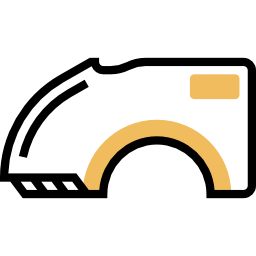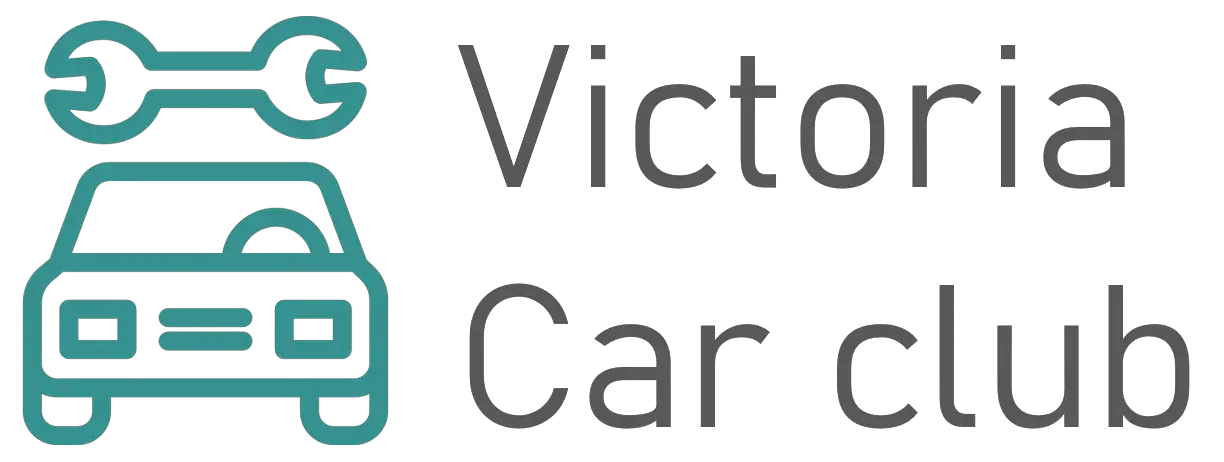If you’re a bit of a do-it-yourselfer, you’re quite likely eager to take care of the vast majority of the work to be achieved on your Hyundai Bayon, but some are more complicated than others and necessitate the removal of body parts or elements to access the component you want to work on. We would like to help you in this operation. That’s why today we are going to view how to remove the bumper from a Hyundai Bayon. This operation is not very complicated and you should have the ability to do it with few equipment. To accomplish this, first we will discover how to remove the front bumper of your Hyundai Bayon, then how to remove the rear bumper of this one.

How to remove the front bumper from a Hyundai Bayon
So let’s begin our article content with the front bumper of your Hyundai Bayon. To take it off, you will just require a set of ratchet wrenches, some screwdrivers and torx bits. Here are the simple steps you will have to stick to to be able to disassemble the bumper of your Hyundai Bayon in good conditions:
- If you want to be more relaxed, we encourage you to lift your Hyundai Bayon and to remove the front wheels to have a good access to the whole front bumper.
- Open the bonnet of your car: Would seem obvious, but you will need to have access to the bumper attachment in your engine compartment.
- Take out the wheel arches: They’re also known as fenders, but they’ll get in the way and prevent you from accessing all the screws on the front bumper of your Hyundai Bayon. Depending on your automobile features and the year of your model, you will also have the ability to find staples, to achieve this, you will just have to use a staple extractor or to do it delicately with a big flat screwdriver, and use a lever to open the staple.
- Then you will have to unscrew the screws that is from behind your mudguard and that fastens the front bumper of your Hyundai Bayon on the sides.
- Unscrew the screws or remove the clips on the upper part of the bumper in the engine bay.
- Now it’s time to go underneath your Hyundai Bayon to unscrew the bolts that are on the chassis of the automobile, you will find some in the middle of the bumper and on the sides.
- Make sure disconnect the connection of the plate lighting and the distance control sensor if you have it.
- Carefully remove the front bumper by first unclipping the sides. If it doesn’t come off, you most likely forgot a screw or a clip. Think of working with a carpet or other to avoid that it gets scratched by touching the ground.
That’s it, you’ve seen all the steps of how to remove the front bumper from your Hyundai Bayon, to put it back in place stick to the steps in the opposite direction.
How to remove the rear bumper from a Hyundai Bayon
And now, regardless if the process is quite similar, we will check out the case of removing the rear bumper from your Hyundai Bayon. For each step to avoid repeating ourselves we will only give you the broad highlights, refer to part 1 if you have any concerns or questions for more details.
- Start with undertaking the same first step, that is, lift your Hyundai Bayon and remove your rear wheels to be able to have an ideal working space to remove the bumper of your Hyundai Bayon without trouble
- Remove the rear wheel arches of your Hyundai Bayon to access the side bumper side brackets
- Open your trunk
- Take out the side brackets in your wheel arches to make it less complicated to remove the bumper from your Hyundai Bayon.
- Take out the lower bindings underneath your Hyundai Bayon.
- At the same time, remember to un plug the rear license plate light and the reverse radar sensors if you are equipped with them.
- Unscrew the top brackets from the top of the trunk.
- Now all you have to do is remove the rear bumper from your Hyundai Bayon, stick to the same process as for the front bumper
Here, you have learned through these two parts, how to remove the bumper from a Hyundai Bayon whether it is the front one or the rear one the methods are more or less the same and it is enough to be meticulous to make everything go well.
If you want more guides on the Hyundai Bayon, go to our Hyundai Bayon category.

